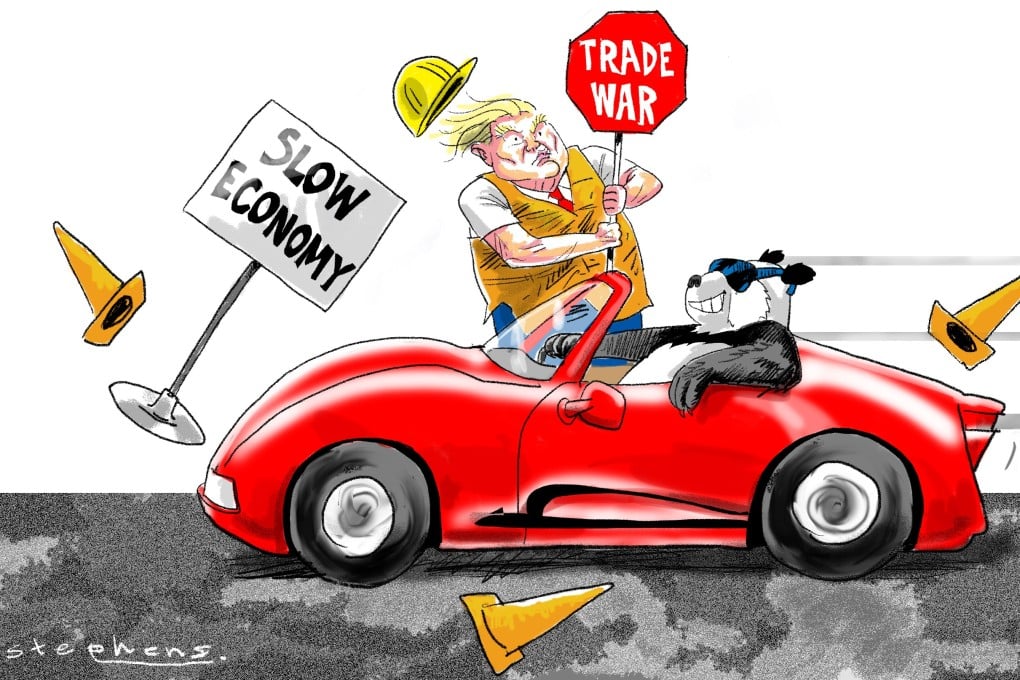Opinion | China’s economic achievements over the past 70 years point to a strong future, even amid the US trade war and slowing growth
- China’s reforms have completely overhauled its economy, urbanised society and improved living standards. The trade war and slowing GDP growth aside, the country’s fundamentals suggest good long-term prospects

However, China probably understands better than any country that closing itself off is not an option. Reform and opening up are the fundamentals of its economic success. China’s rapid development over the past seven decades or so has proved that.
But what exactly has China achieved so far? The National Bureau of Statistics recently revealed a slew of data and information for the first time that sheds some light on that question.
First, China’s GDP per capita had risen to US$9,732 by the end of last year, from around US$54 in 1952 – a 180-fold increase. China was probably one of the world’s poorest countries at the time. During the same period, US GDP per capita increased from US$2,349, or 44 times China’s, to US$62,606, just 6.4 times China’s.

